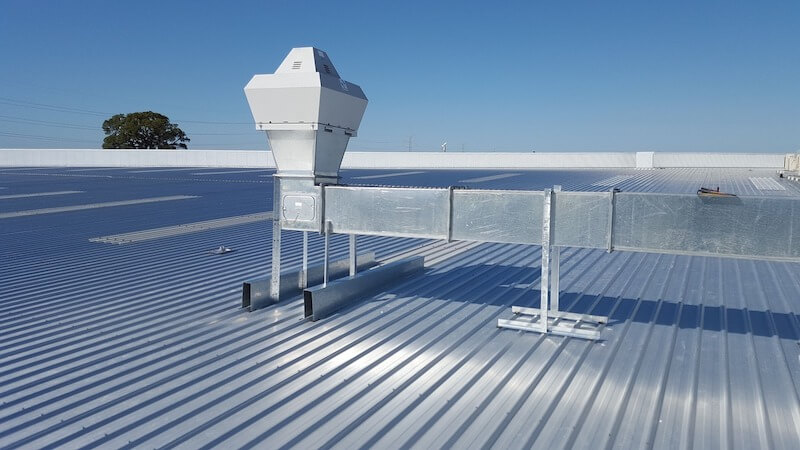To succeed business-wise, HVAC companies must stay organized and efficient in the highly competitive HVAC industry. That’s where an all-in-one HVAC software platform comes in. It provides various tools to help businesses manage their operations. From scheduling and dispatching to inventory management and accounting, an all-in-one HVAC software platform can streamline processes and improve productivity. The article will discuss the importance of installing such a platform for your HVAC business.
1. Eliminates The Need to Operate Separate Systems
An all-in-one HVAC software platform eliminates the need to operate many separate systems for different business operations. That means that technicians and staff no longer have to move from one system to another to manage various aspects of their work. By centralizing all operations within one software platform, companies can streamline their workflow, increase efficiency, and reduce the risk of errors associated with using multiple systems.
With built-in BuildOps HVAC dispatch software, among other tools such as scheduling, invoicing, and payment processing tools, an all-in-one HVAC software platform helps streamline operations by eliminating the need to move from one system to another. HVAC businesses can save time, reduce costs, and improve overall customer service with all these tools in one platform.
2. Increases Efficiency While Reducing the Risk of Errors
An all-in-one HVAC software platform can increase efficiency and reduce the risk of errors. With all tools integrated into a single system, there is no need to transfer data manually between systems, reducing the risk of data entry errors. With all the tools in one place, employees can complete tasks faster and more accurately.
Technicians can easily access customer information, work orders, and job details in real time, which reduces the need for manual data entry and reduces the risk of mistakes. The software can also automate workflows, such as scheduling and dispatching, increasing efficiency and minimizing errors.
3. Provides the Most Up to Date Information
Installing an all-in-one HVAC software platform can provide the most up-to-date information for your business. Such may include customer information, work orders, schedules, and technician locations, giving you the most up-to-date information. The software eliminates data transfer delays and the use of outdated reports. The platform provides real-time access to data, allowing for quick decision-making and problem-solving.
With the ability to view all aspects of your business operations in one place, you can identify areas for improvement and make necessary adjustments promptly. The software also helps HVAC businesses make informed decisions about job priorities, resource allocation, and other vital aspects of their business. Also, real-time updates and notifications ensure that everyone involved receives updates on changes, reducing the risk of errors due to miscommunication or acting on outdated information.
4. Perpetuates Transparency in Sales, Operations, and Job Costs
An all-in-one HVAC software platform promotes transparency. Such transparency is especially crucial when dealing with sales, operations, and job costs. The all-in-one HVAC software allows users to easily track job progress in real-time and access up-to-date information on the job status. With all data in one system, it’s easier to identify discrepancies and prevent fraud.
The platform provides a clear and detailed breakdown of job costs, making invoicing and collecting payments easier. It also helps to identify areas for cost-saving and process improvements, resulting in better profitability for the business. Ultimately, transparency builds customer trust and improves the business’s overall reputation.
5. Enhances Productivity
An all-in-one HVAC software platform can enhance productivity by streamlining workflows and automating manual tasks, such as generating work orders, dispatching technicians, and tracking inventory. With a centralized platform, technicians can easily access job details, customer information, and service history, enabling them to complete jobs more efficiently. The software facilitates communication between technicians and dispatchers, reducing delays and downtime.
Also, the platform can provide real-time visibility into job status and technician availability, allowing managers to optimize scheduling and allocate resources more effectively. These features can help HVAC businesses increase productivity and profitability while delivering better customer service.
Conclusion
Installing an all-in-one HVAC software platform is crucial for the growth and success of HVAC businesses. It eliminates the need to operate multiple systems, increases efficiency, provides up-to-date information, improves data protection, promotes transparency, and enhances productivity. These benefits enable HVAC businesses to streamline operations, reduce costs, and improve customer satisfaction. As technology advances, HVAC businesses need to embrace digital transformation and implement an all-in-one software platform to remain competitive and meet the evolving needs of their customers.



